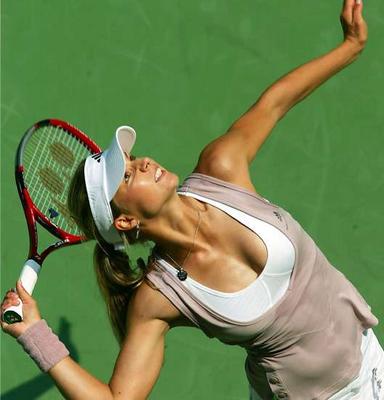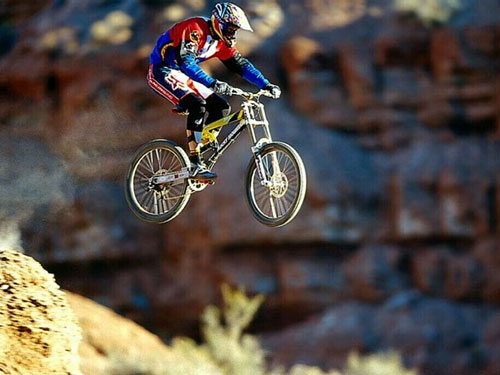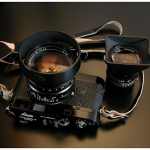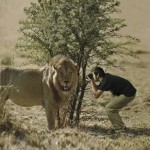
The subject of sports photography is extensive and as with playing sports, the more you practice the better you will be.Put simply, there is no right or wrong way to shoot sports. It’s an individual choice determined
by you own vision, creativity, your visual goals, and access to the action. Knowing the sport is critical—not necessarily the finer points of the rules, but the likely flow of action and what the athletes are likely to do in any given situation.
Here are 4 Tips for Taking Sports Photos Like a Pro by Peter Skinner
Peak of action images
Anticipate the action and shoot before the peak of that action. If you shoot exactly as it happens by the time you react and the shutter clicks, you will have missed the peak moment. You might get a good shot, but perhaps not the great one. Knowing the sport will help you plan to capture the peak of action.
Speed and motion
Sports involve motion and speed and an excellent way to portray that is to use a slow shutter speed and blur parts of the subject. There are several ways to achieve this blurring effect. One is to simply use a slow shutter speed, of about 1/60 sec. or slower and photograph the subject. As with any technique like this, results will vary and might not be consistent but after some practice you will get an idea of what to expect. Another way to infuse that feeling of speed is to pan the camera with the subject. The background will be blurred and the subject will stand out.

To get predictable results with panning shots do the following:
1.Pre-focus on the spot the athletes will pass.
2.As they approach compose on your subject and follow them
in the viewfinder.
3.Shoot just before the subject reaches
the pre-focused location (i.e. anticipate the action).
4. As you press the shutter, keep panning with the subject. In sports parlance, follow through. If you have a rapid film advance and can shoot several frames in succession, using that feature will increase your chances of getting a good shot. The best way to pan with the action is to rotate your body with the movement of the subject, press the shutter, and keep panning. Using a slow shutter speed—as slow as 1/15 sec.—and a smaller aperture will give you a greater depth of field, i.e. more of the area will be focus from near to far. Depending on your ISO—speed of film—and lighting conditions, a typical aperture with ISO 100 would be in the vicinity of 1/30sec. @ f32.
Practice your focusing technique
Even with auto focus, getting sharp images of fast moving sports subjects takes practice and auto focus is not infallible. The best way to increase your chances is to practice, whether you are manually focusing—and yes, sports pros still do use manual focus under certain situations—or relying on the camera’s inbuilt auto focusing capabilities. And one of the best ways of photographing fast moving subjects is to shoot vehicles in everyday traffic. Set yourself up where you can photograph cars coming down a road towards you; pan as they go by; and even shoot as they move away from you. It’s all good practice. You might get some strange looks but you’ll quickly find out how good you—or your camera’s auto focus—are.
Tripods and monopods
Camera movement is one of the main contributors to ruined images. And while most photographers can hand hold cameras fairly well, there’s a reason that most pros who shoot sports use a monopod—to ensure consistent results they need to keep that camera steady, especially if using longer lenses. If you need mobility, a good monopod is an excellent tool. On the other hand, if you are going to be in the one spot for a long time—such as when photographing a surfing event—a sturdy tripod is a good thing to have.




